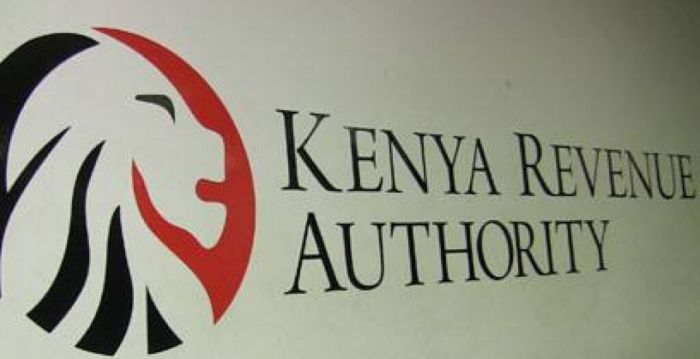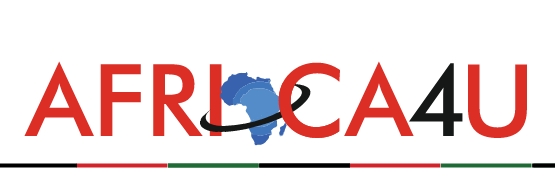(3 Minutes Read)
The performance represents a 27.0% growth compared to the 4.8% growth recorded in the first half of the financial year 2024/2025 (July- December 2024) period. KRA attributes the positive revenue performance to reforms within Customs, including the establishment of the Centralised Release Operations.
Customs tax collections in Kenya reached KSh 82.554 billion in January 2025 overshooting the target set by Kenya’s Revenue Authority (KRA). Customs kicked off the second half of the 2024-25 financial year on an upward trajectory, after surpassing its January target of KSh 74.439 billion by collecting a surplus of KSh 8.116 billion, reflecting a performance rate of 110.9%.
The performance represents a 27.0% growth compared to the 4.8% growth recorded in the first half of the financial year 2024/2025 (July- December 2024) period. KRA attributes the positive revenue performance to reforms within Customs, including the establishment of the Centralised Release Operations.
Under the Centralised Release Operations, release officers are stationed at a centralised location and allocated customs declarations randomly for release. This has significantly resulted in a more objective release process: managing risks and improving revenue mobilisation effort
Another key factor that contributed to the strong revenue performance was the growth in non-petroleum taxes of 11.6%, compared to January 2024. Petroleum taxes also had a strong performance registering a growth of 55.9% against the same period last year.
Read Also:
https://trendsnafrica.com/second-hand-clothing-in-kenya-a-thriving-industry-under-pressure/
This growth in Petroleum taxes was largely driven by a 6.6% increase in overall oil volumes, with significant growth in petrol (89.7%) and diesel (65.0%) resulting in above-target performance across various tax heads, including VAT oil, excise duty oils, and fuel levies (PDL, RML, PRL, and RDL).





